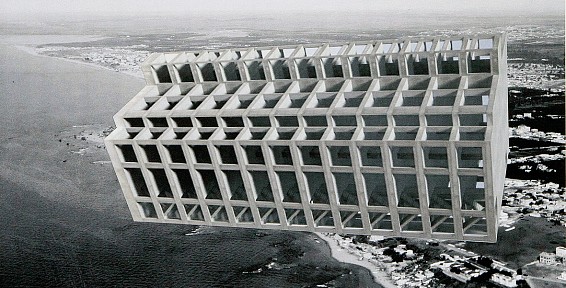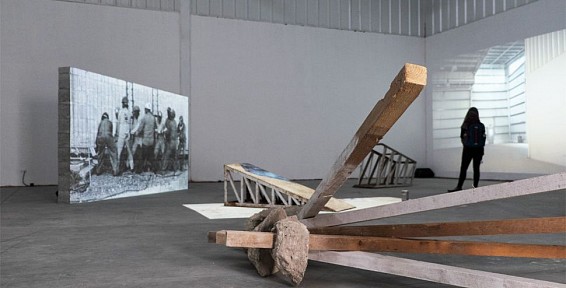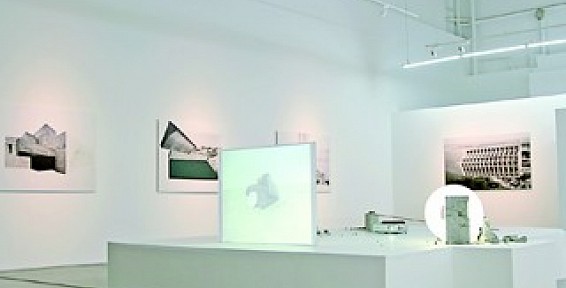Structures that erase identity
May 11, 2015 - By Jyoti Kalsi for Gulf News
In his multimedia artworks, the artist has juxtaposed various references to pre-1948 Palestine with concrete blocks, which can be seen as a symbol of occupation, representing the apartheid wall, the road blocks encountered daily by Palestinians, and the intrusion of other architectural styles on Palestinian architecture.
The artworks highlight the fact that while architecture can provide shelter, it also has the potential to destroy people and obliterate their existence. Through the heaviness and destructive power of architecture, Harb speaks about the violence of occupation and the destruction of cultural narratives.
However, he also expresses hope in the power and potential of architecture to reverse the destruction and to construct a better future. The show is organised by Salsali Private Museum in collaboration with Athr gallery, Jeddah, and curated by Lara Khaldi.







